Hey, everybody! KLC Press lackey, producer, and Supple Boi Ethan here to let you know that the following is an excerpt from Ryan Stegman's podcast, Steg-Man and His Amazing Friends, where Ryan talks shop with all the coolest comics creators around. It's available on all your favorite podcast apps. So go check it out if you want! Synergy. Very cool stuff. What a good Substack!
Ryan Stegman: I think a lot of people will say, like, "I've been following your art for a while, it's always cool to see how you've improved". So I think that there's a reason that I improve. And I think there's a reason that some artists don't necessarily, you know, they kind of come in, and they're the one thing, and that's pretty much what they stay. But, you know, my favorite artists have always been the ones that you can see their arc as they get better over time. I mean, there are obviously, there's geniuses out there that just come in fully formed, and, you know, screw them. But I also get asked these questions over and over and over. And I like answering them, it just can get a little tedious when--
Griffin Sheridan: You answer them all the time.
Ryan Stegman: Right. So I'm hoping this can kind of be the end-all, be-all of how I went about getting to where I am now. You know, I just wanted to talk about the books that I thought... Because I'm kind of, I'm obsessive about learning and the books that can help me learn and now there's this whole YouTube and as a kid, I would have killed for that. But I didn't have that. So I have all the books that I have around that I've learned from, so...
BUY HERE: https://amzn.to/3B6J68X
Ryan Stegman: This is the first book, it's Figure Drawing for All It's Worth by Andrew Loomis. This book is incredible. It covers perspective, it covers how to place your characters in a scene. It covers how to build your figure from, like, a cartooning standpoint. And Loomis was one of the greatest illustrators ever, but it's got all of the musculature, everything that you would ever need. Basically, all of it is in here. Now, this isn't going to cover storytelling. Really, this is your basics for illustration.
BUY HERE: https://amzn.to/3jfBIC1
Ryan Stegman: There's another book that I don't have here, and the reason for that is, and this is probably the most important book, it's How to Draw Comics the Marvel Way. What I tend to do is if kids come over, like my nieces or nephews, and they show interest in drawing, I'm like, "Here, start with this". Yeah, that's, like, the very first book you should get because it covers all the basics. Now, I think that you would have to be able to expand beyond that in order to really become a comic book artist fully. I mean, it's such a wealth of knowledge. How to Draw Comics the Marvel Way came into my life, I think, between third and fifth grade when one of my friends was into drawing comics, and he had it, and I was, I mean, it's like a Bible. It's unbelievable. I mean, you got a lot of the art in it by John Buscema, who's one of the greatest, you know, Mount Rushmore of comic book artists. Superhero comic book artists, top five. Probably top two. He's one of the best figure artists that ever lived. He kind of goes in there and shows you everything that you need to know.
BUY HERE: https://amzn.to/3sIkAI4
Ryan Stegman: Yeah, so, the next book is Will Eisner's Comics and Sequential Art. Now, Will Eisner is one of the greatest comic book artists ever probably, you know, there's no question about that. But he, in this book, he goes through and really shows you how much all the aspects of a comic book can be used to tell a story. I think that, if you look at Frank Miller's storytelling or, you know, more modern artists, the really great storytellers take so much from Will Eisner. And this is just kind of a book that he lays out all of his secrets, and it's not like he tells you specifically "do this and then do this". But he is very much giving you his theories, and then really expanding your mind on how much is available to you, because you get used to, like, doing a a superhero thing, and you're just trying to replicate your favorites, Jim Lee or whoever it is when you try to do superhero comics. And he goes through and breaks it down to a much greater degree so that you realize, like, that's why I like to add my own sound effects, because I realized how much lettering can change what you're doing on the page, and how much you can integrate that. If I could, I would hand-letter everything, but that would take forever and be ridiculous. But, of course, there's all kinds of valuable information in there.
BUY HERE: https://amzn.to/3Dpq9Ar
Ryan Stegman: All right, next up we've got George Bridgman's Complete Guide to Drawing from Life. I don't know if this particular iteration of the book is still in print, I know that when I was younger, I learned about this book because this is, apparently, the one that Jim Lee swore by when he would talk about books that he read to get better and understand anatomy. And this book has all kinds of great anatomy information. It really is a straight "how to draw", it's more like a guide to when you go and you do life drawing, what's happening with the body, so that you're thinking about what's happening inside of the body vs. what's happening on the surface. Yeah, he's got these great chapters on wedging, passing, and locking, which are not things that any other book I know of talks about, which is just the way that the body parts fit together. And you can get so much more life out of your drawings if you understand how these things fit together. He takes a figure drawing and gives you another dimension to think about it in, and yeah, the anatomy of it. I do feel like I actually came to this book a little too early in my drawing life where I didn't understand it. It was like, I knew how to do algebra. And then somebody gave me a calculus book.
Griffin Sheridan: Just went right over your head.
Ryan Stegman: Yeah. And then, you know, I got older and I got better. And then I picked it back up. And I was like, I'm ready for this now. So I wouldn't say to start with this one. But, you know, you start with Figure Drawing for All it's Worth.
BUY HERE: https://amzn.to/3DfKIPz
Ryan Stegman: Next up, we have a book called Force. This is by Mike Mattesi. And it's Force: Dynamic Life Drawing for Animators. You'll notice as we go through a lot of these that I lean on animation books quite a bit. I love animation books, they have so much information that we don't tend to think about in comics. We're just like, learning how to draw figures in motion. But, you know, you don't think about squash and stretch, which are all these important concepts. But Force is even a further expansion of... It's like he's elaborating on the idea of wedging, passing, and locking and stuff like that, from George Bridgman. And I can't even get into how it all works. Yeah, but it was hugely helpful to me. If you think that my art is dynamic, which, that's what I'm going for. That's my goal, right? That's what I want. I like to be able to draw something in two dimensions and it looks like it's breathing and moving. And this book was so helpful in helping me attain that.
BUY HERE: https://amzn.to/3gvz6y7
Ryan Stegman: Next we've got Framed Ink by Marcos Mateu-Mestre. *attempts to sound it out* That's my French pronunciation.
Griffin Sheridan: It was beautiful.
Ryan Stegman: Yeah, thank you. This book's more on storytelling. He's a storyboard artist, one of the best in the world. He has all kinds of tips about where to place the camera. It's called Framed Ink, it's all about framing your shots, and how to use black to guide the eye around. You look at somebody like Sean Murphy in comics, I feel like he knows this stuff innately. So maybe he doesn't need to read this. But I feel like I understood what he was doing better after reading this book. Gabriel Hardman is another one, he's also a storyboard artist and they seem to have this discipline down of framing your shots so well, you know, in a sort of "film" type way. I guess what I'm getting at is: There's something to learn from storyboard artists, there's something to learn from animators, and then you bring these things back to comics. There's very few good books that are like, actually, "this is how you make comics". So I've cobbled together these things over time that, I think, bring me back to how to do comic books.
BUY HERE: https://amzn.to/3sOAqB1
Ryan Stegman: This one is called Perspective! for Comic Book Artists by David Chelsea. David Chelsea would do these comics for the New York Times, I don't really know his work much. But he had this uncanny understanding of perspective. And he goes into great detail on how to, you know, set up your vanishing points, how to make things recede into the distance, all kinds of stuff like that. And he actually, I would say, goes into too much detail. You get to a point where you're like, "Okay, I'm never going to use this". I mean, the amount of stuff I eyeball now, you know, I used to try to do it, but I think that I learned from overdoing it. And now I know when I'm overdoing it, I don't have to do that as much. So that's a really, really great book.
BUY HERE: https://amzn.to/3guxhSe
Ryan Stegman: Along with that, I have this book by Scott Robertson. He's a concept artist, again, going outside of comic books. He's a comic book artist, he does a lot of movie stuff. He's got several books. This one is called How to Draw: Drawing and Sketching Objects and Environments from Your Imagination. So it doesn't say up top that it's going to be mostly about perspective, but it's really about perspective. And again, there's actually some really great tips, but you're going way beyond what you really need to know to do comics. I mean, he even goes into how to mathematically calculate your shadows and stuff. And nobody's gonna know, all I have to do is make it somewhat believable. It'll be fine. But I still read it all because I'm a psychopath. And it was fantastic. I mean, it's got all kinds of great stuff in here that I would have never known, and little shortcuts for how to measure things as they recede, things that I... You know, whatever.
BUY HERE: https://amzn.to/3sLh0x0
Ryan Stegman: Okay, then I have Rendering in Pen and Ink by Arthur L. Guptill. Great name, Arthur L. Guptill. In this book he kind of seems to be more interested in landscape drawing, but he breaks down the different types of inking. Obviously, you see that there's different types of inking when you look at comic books, but there are types that I wouldn't have known that they were, like, as divided as they are. Basically, you can't cross over these two, you know, two or three types. So, he kind of shows you how a Moebius, he doesn't talk about Moebius, but he's showing you what that type of inking is. And then he's going into what brush type inkers do. He talks about framing your shots and all that stuff. This one I came to probably only like four years ago. And it was when I was trying to figure out what I'm doing with my finished art. How I'm getting to where I'm going. So, yeah, that's a good one.
BUY HERE: https://amzn.to/3gw6EMy
Ryan Stegman: So next, I have Color and Light: A Guide for the Realist Painter by James Gurney. And this is about painting, which I don't do, but there's great information about color. This book, actually, sadly enough, Justin Ponsor, who passed away recently, one of the greatest colorists ever, I was sitting down with him one time and I said, "What's the one book you would recommend to me to learn how to use color and how to do what you do?" And this was the book that he recommended to me. And the thing that I took away from it the most was the understanding of value and of just how shadows work. There's some really good information on how shadows work that I'd never thought of. I thought I knew exactly how they work, but turns out, I only knew, like, the slightest bit. So this really made me, sort of, reevaluate what I was doing with light and shadow and it definitely immediately translated to results. Instead of trying to draw like my favorite artists, I was then actually using the information that I had to make better decisions that made it more realistic. Not realistic, because my art's not realistic, but it gave it a more grounded...
Griffin Sheridan: Some life.
Ryan Stegman: Yeah, yeah.
Let us know below if there are more influences and recommendations you'd like to hear from Donny and Ryan!
—————
Kids Love Chains. And we love you.

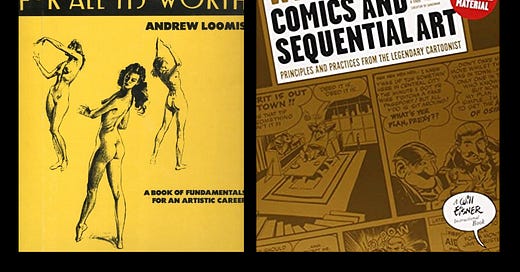

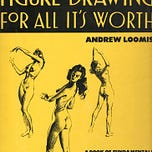


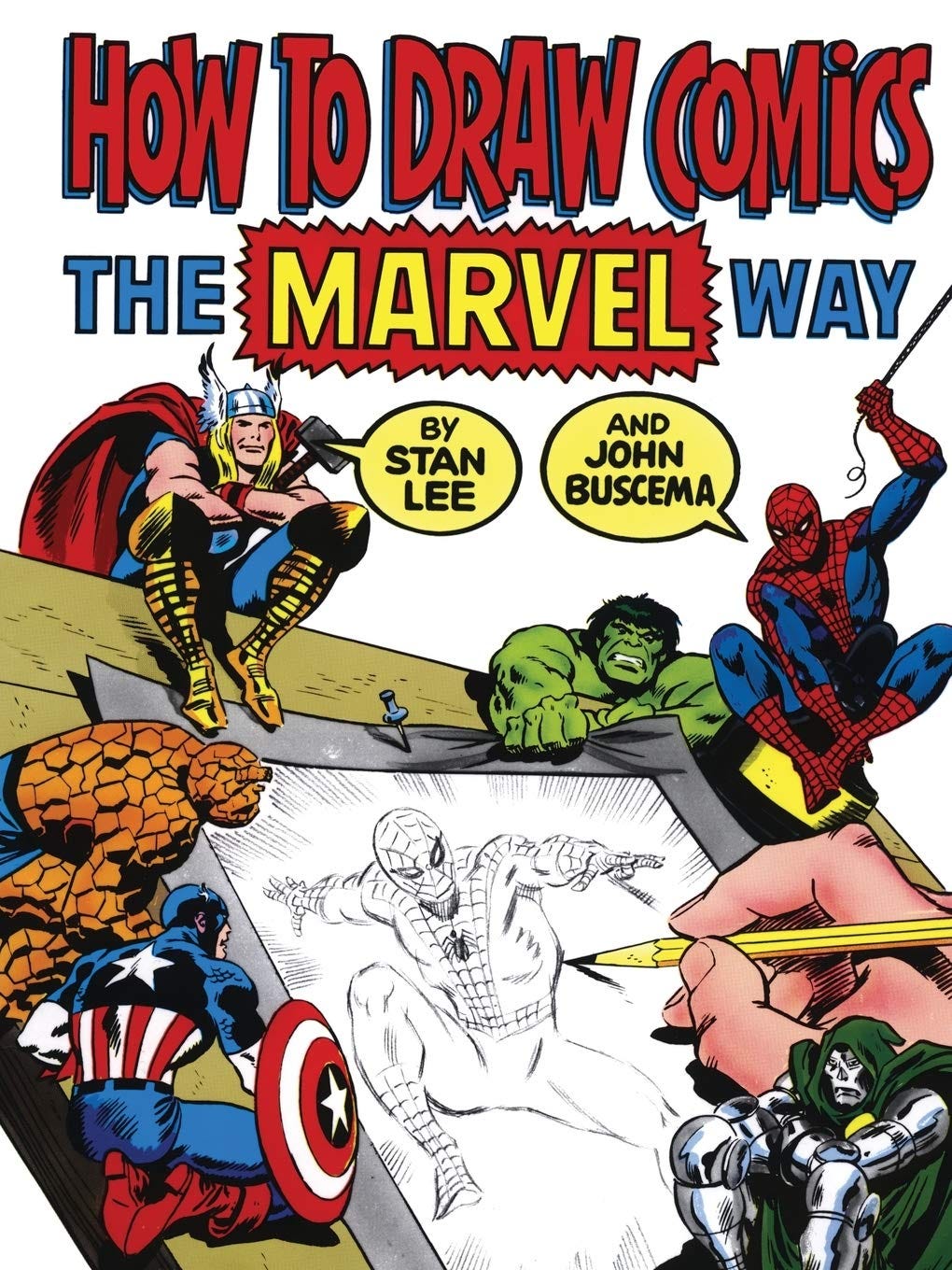
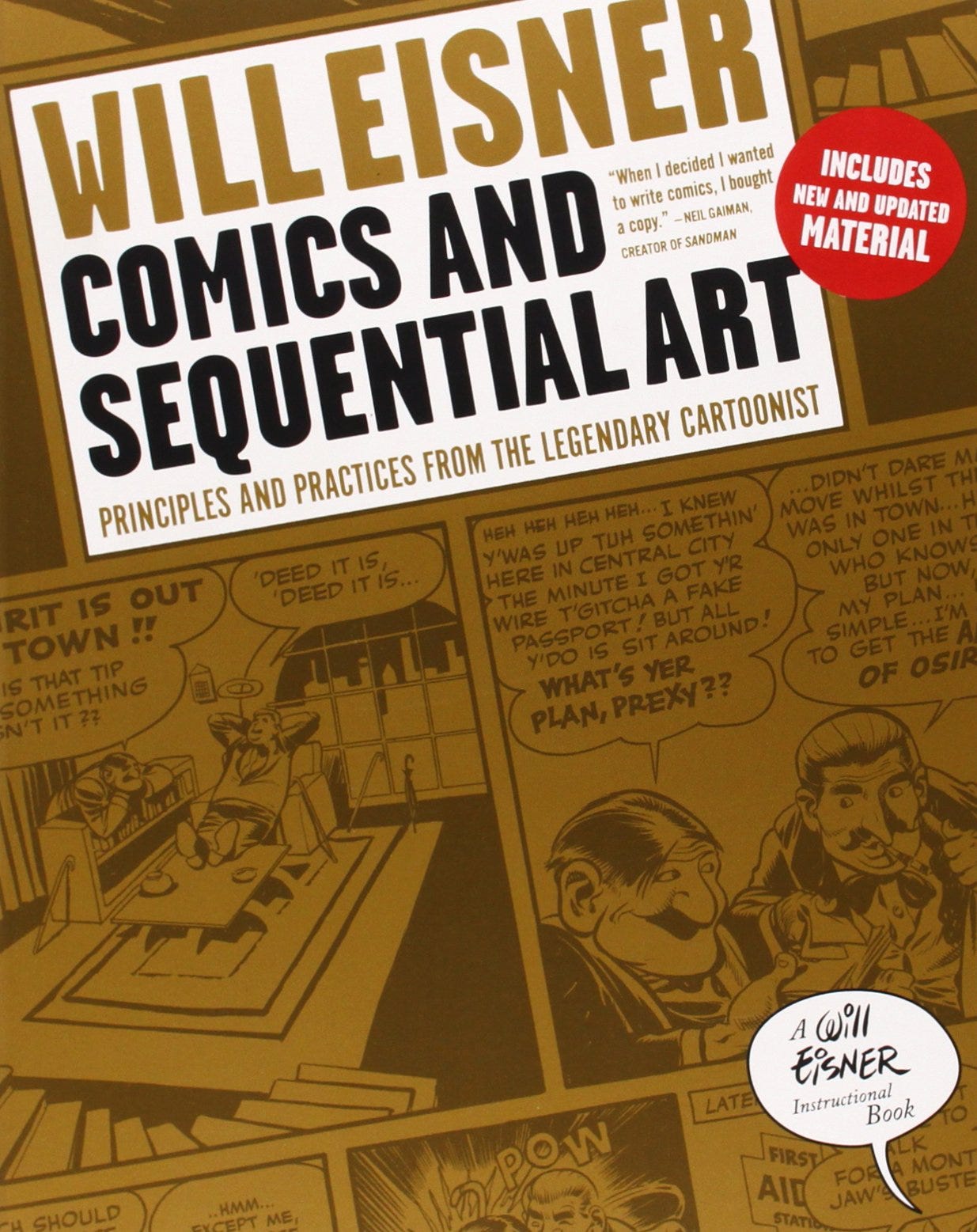

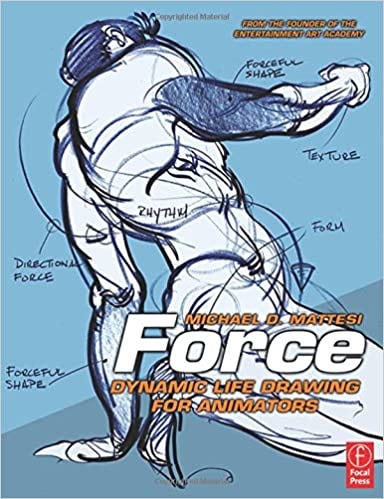
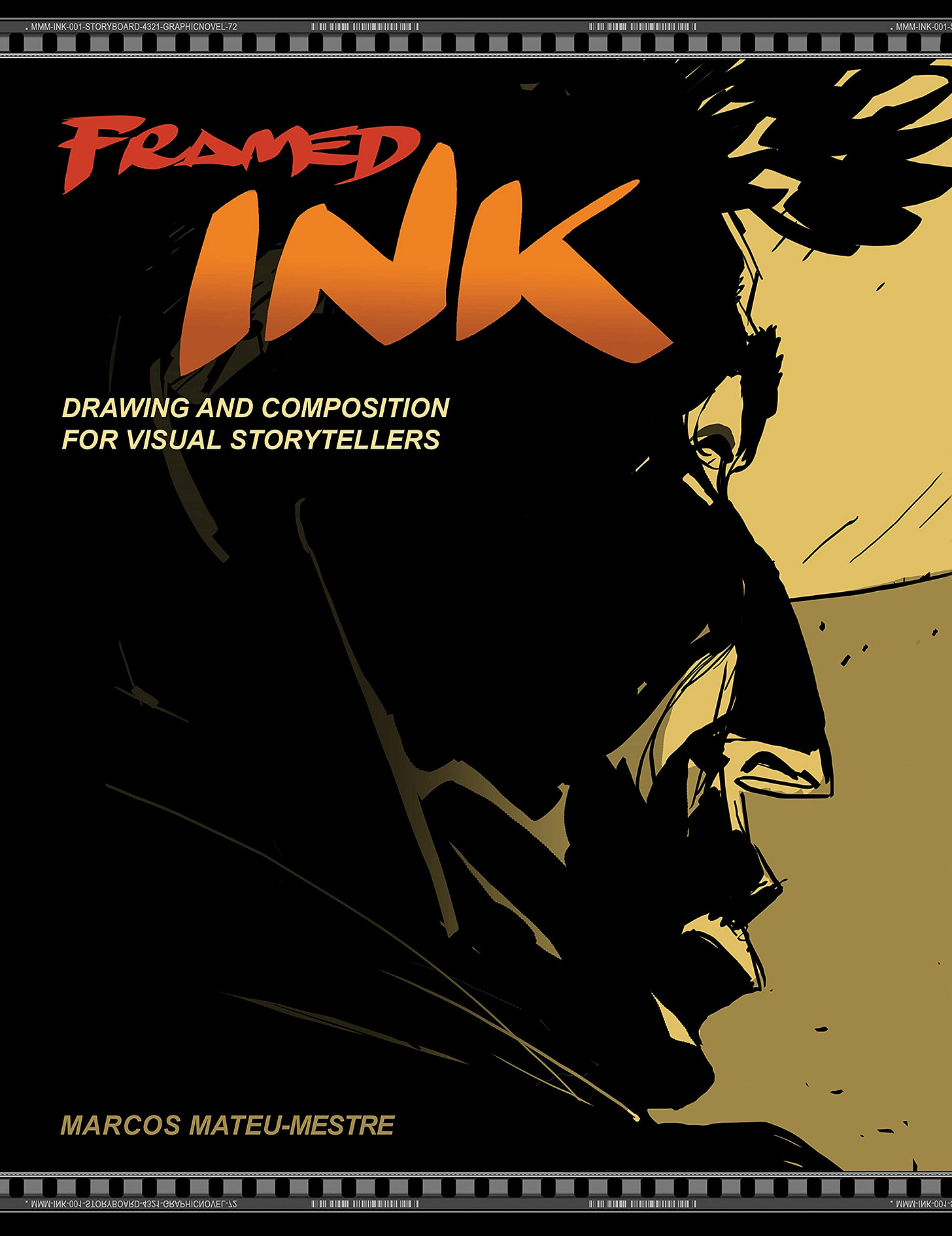
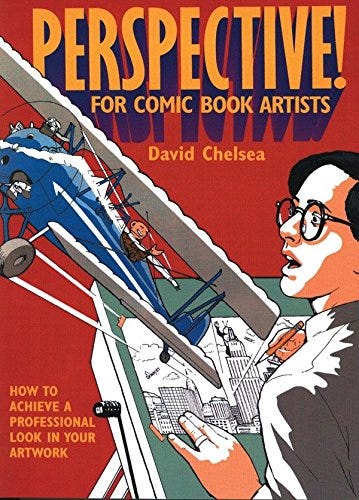
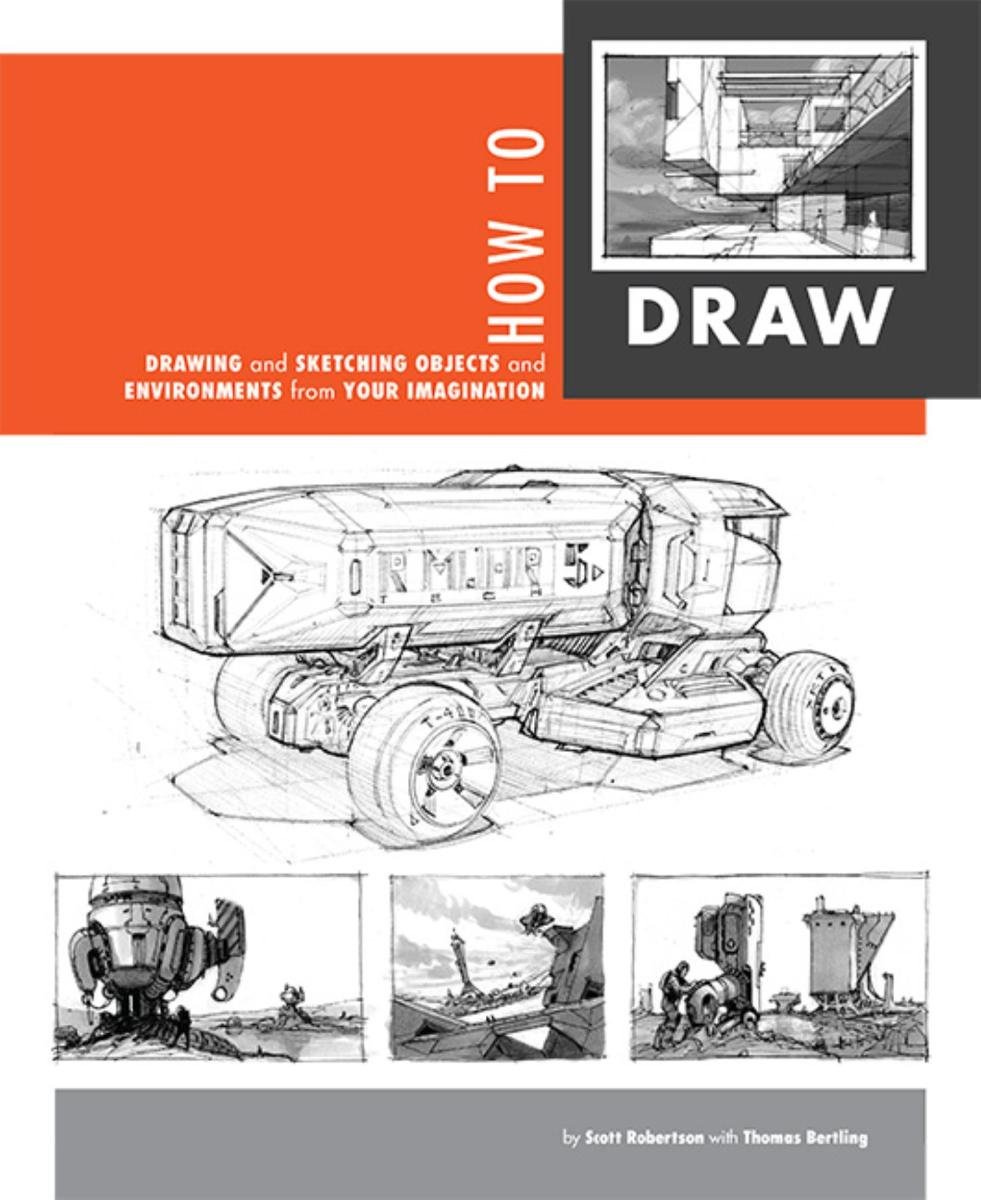

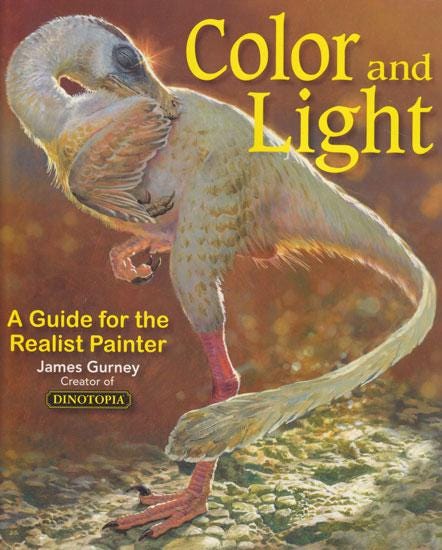







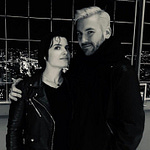
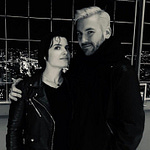
Share this post